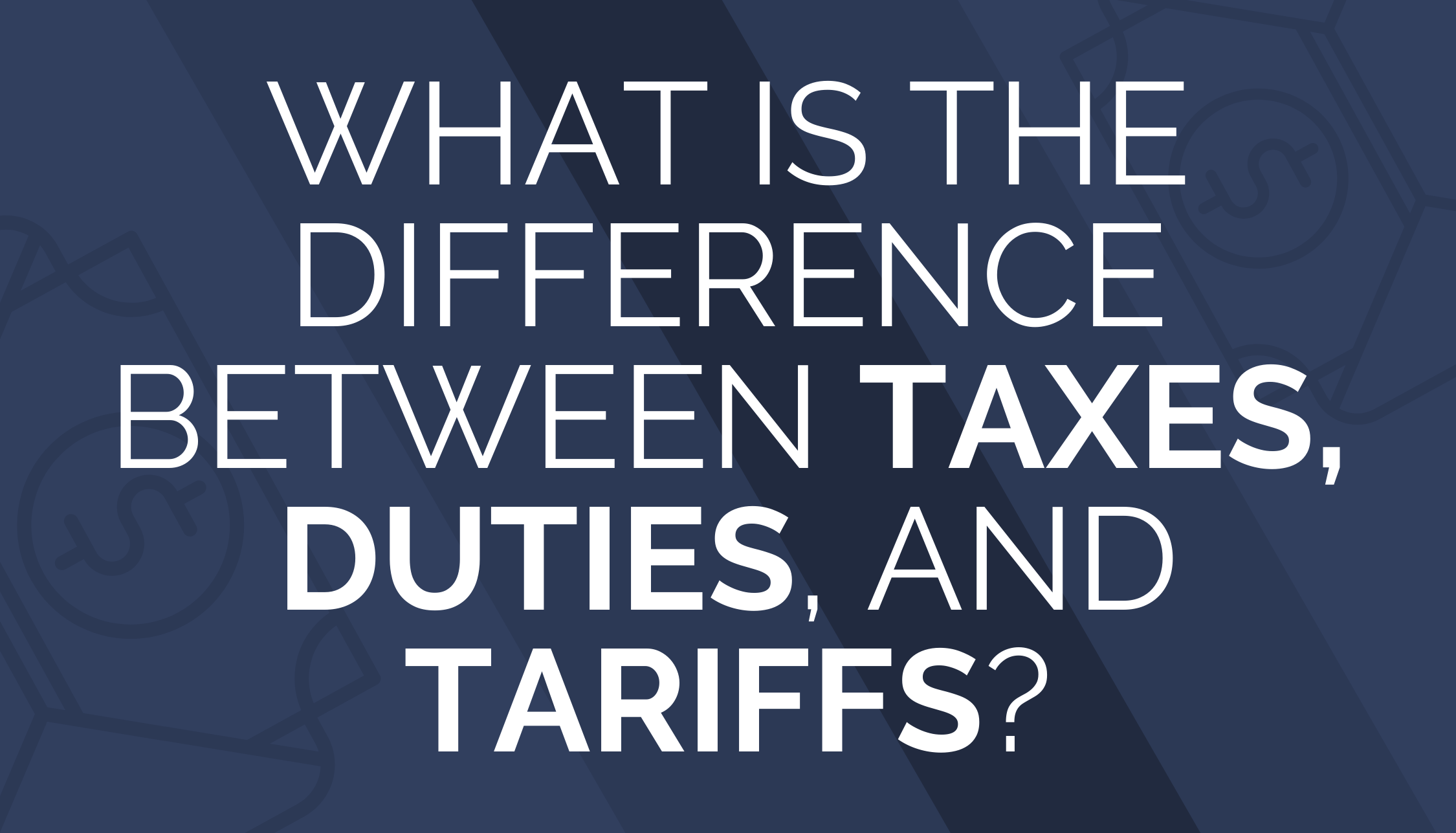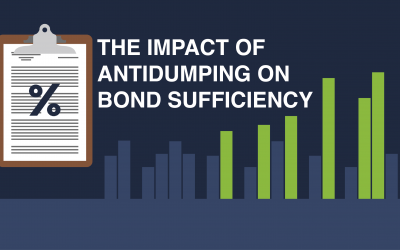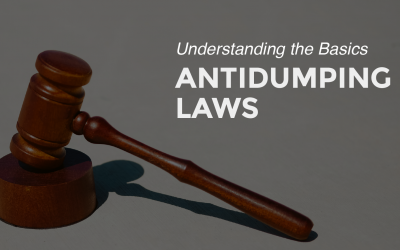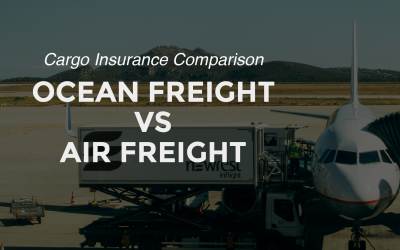Taxes, duties, and tariffs are often and easily confused with one another when it comes to international shipping. Importers need to understand what they mean and what the key differences are.
Duties and tariffs are different types of taxes imposed on foreign goods. A tax is a charge imposed on a taxpayer by a government. Tariffs are a direct tax applied to goods imported from a different country. Duties are indirect taxes that are imposed on the consumer of imported goods. Tariffs and duties help protect domestic industries by making imports more expensive. Taxes, duties, and tariffs all contribute to the total import and export costs of a product.
The government imposes taxes, duties, and tariffs to increase tax revenue. The tax revenue from duties and taxes helps fund social and developmental works like education, health, and security.
What are Taxes?
A tax is a direct or indirect source of government revenue placed on almost all purchases. Taxes are primarily imposed on goods and individuals. Taxes are binding and not voluntary, so an individual is bound to pay tax, and failing to do so is punishable.
Import taxes are government fees placed on purchased goods coming into a country. Therefore, duties and tariffs are both types of import taxes. The importer usually pays import taxes. When goods have been purchased abroad, a consumption tax applies and is collected by Customs when goods enter a country.
What are Duties?
Duties are an indirect tax imposed by the government on the consumer. Duties are applied to financial transactions and commodities. Duties are considered to be an indirect tax because it is similar to a consumer tax. Duties are imposed on both goods that are imported and goods manufactured locally. This includes excise duties and Customs duties.
Duties imposed on goods manufactured domestically are known as excise duties. An excise is a type of indirect tax, so the producer or seller who pays the excise duty is expected to try to recover their loss by raising the price paid by the end-user. Excise duties are imposed in addition to other indirect taxes.
Customs duties are an indirect tax imposed by the government on a consumer who imports goods. Customs duties are collected by the government to protect local industries by raising state revenue to offset cheaper manufacturing done abroad. Customs will levy the amount of Customs duties to be paid based on the value, weight, dimensions, etc. of the imported goods. Customs duties vary by product and country of origin and are enforced by United States Customs and Border Protection (CBP).
There are different types of Customs import duties:
- Basic duty
- Countervailing duty
- Anti-dumping duty
What are Tariffs?
A tariff is a direct tax imposed by the government paid on a particular class of imports or exports. A Tariff relates to the harmonized tariff system codes (HTS), in which imported goods are classified under. HTS codes determine the tariff rate that should be charged on specific products. HTS codes mainly apply to imports.
Tariffs can cause a price increase on goods imported into the United States. When the government imposes tariffs on imported goods, their price will increase in the domestic market. As a result of the price increase on imported goods, the quantity of that good being imported will decrease, and the supply of that product will increase in the domestic market. The result of imposing tariffs is that foreign exporters will lose, domestic producers will gain, and the government will collect tariff revenue.
